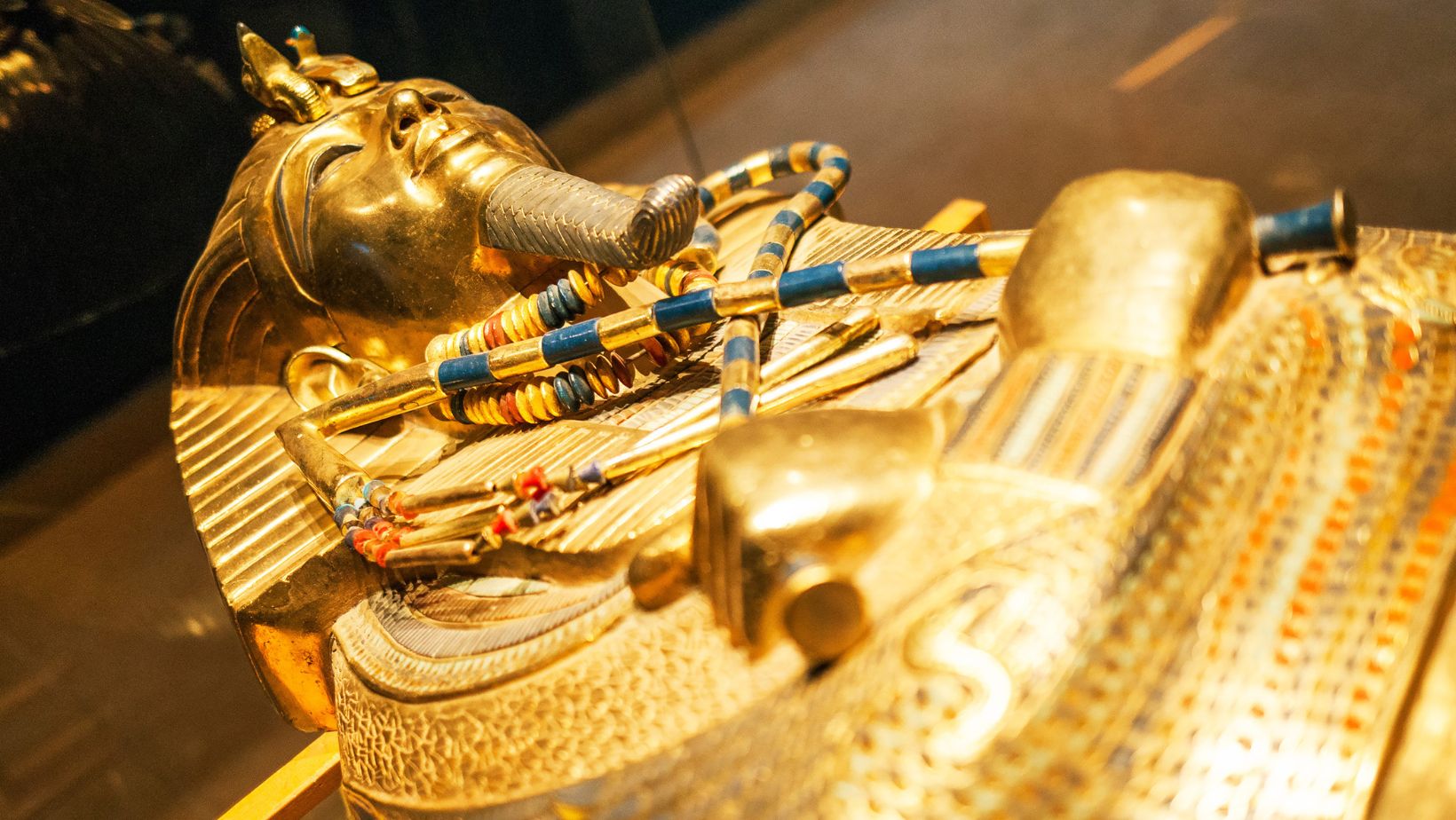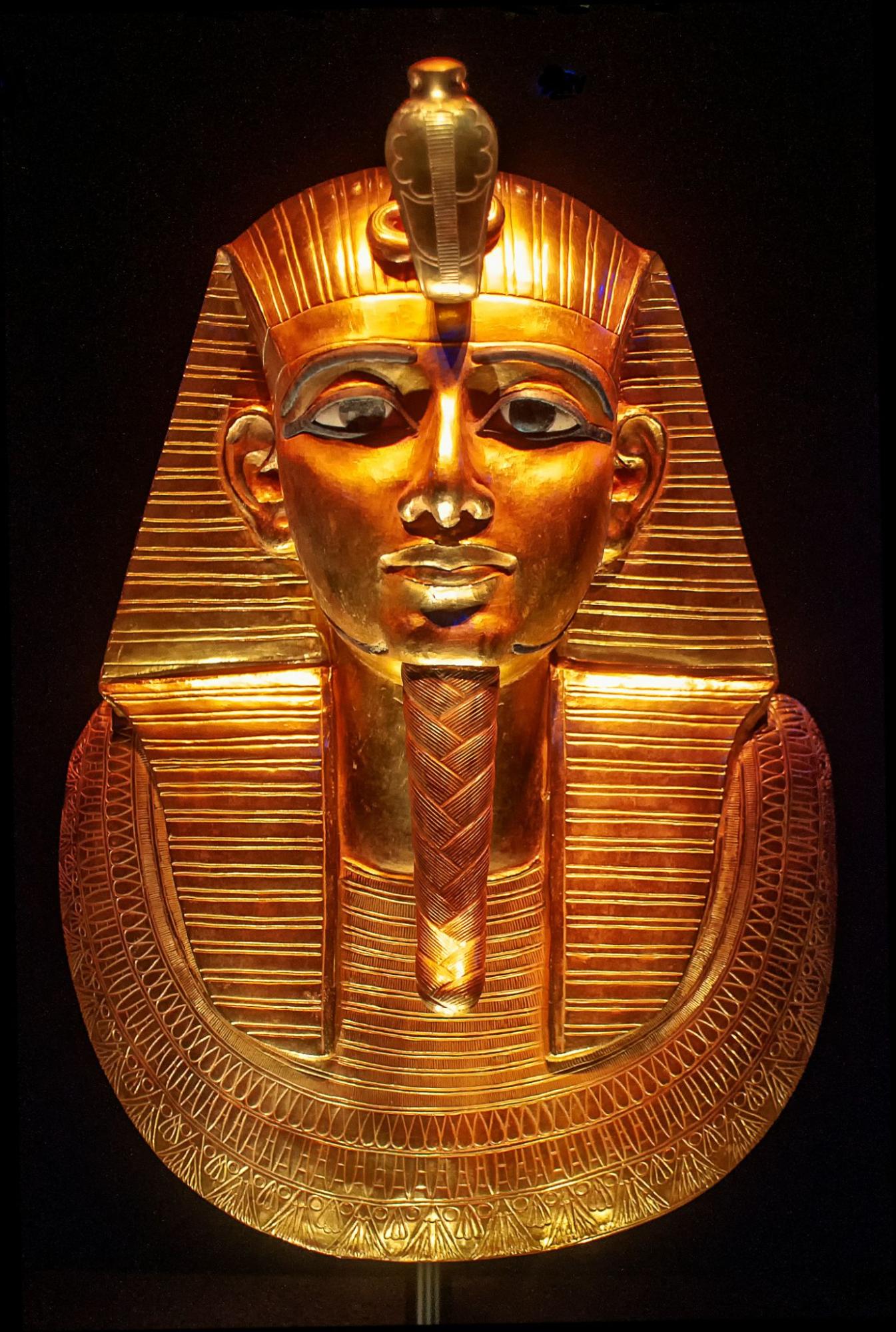
The allure of Ancient Egypt continues to this day. From the magnificence of the pyramids and the Sphinx to the stories of pharaohs, the civilization continues to inspire in the modern day. This fascination with Egypt’s legacy shows just how culturally significant this time period was. With that in mind, we’re going to take a look at the influence of trade on the kingdom and its prosperity.
Egypt’s Link to the Modern Day
Ancient Egypt’s connection to the modern is seen in plenty of aspects of culture and society today. Firstly, looking at the entertainment industry and Hollywood, films such as The Mummy and Cleopatra transported audiences to the Nile’s golden age. In the iGaming sector, Egyptian-themed Paddy Power slot games like Egypt Megaways bring the intrigue of ancient treasures to players worldwide. Capturing the spirit of exploration, games like these allow gamers to play slots with the usual features in the crypts of Ancient Egypt.
In the field of medicine, Egyptian techniques were precursors to modern medicine, with the Edwin Smith papyrus still referenced today. In writing, hieroglyphs laid the foundation for written communication, with the Rosetta Stone lending its name to a language website. Finally, body preservation techniques used during this period are still used nowadays.
Markets and Trade Hubs in Ancient Egypt
The Nile was the backbone of civilization at this time. It not only supported agricultural growth but was the water system that kept everything moving, connecting towns along its banks. Cities near the delta became crucial in this and facilitated trading both locally and internationally. Developing the subject of trade, the cities Thebes and Memphis were the two most prominent centers. Locals and merchants used bartering to exchange crops, pottery, and textiles here, with grain often used as a currency substitute. Temples were used not only for prayer but also as economic centers too, where traders could manage goods as well as produce things like papyrus.
Cross-Border Trade and International Influence
Egypt’s location made it a hub for international trade, linking three continents. Nubia to the south of the country provided gold and ivory, while Punt was associated with luxury items like incense and myrrh.
Levant supplied oils and cedarwood, and cities in Mesopotamia offered metals. The Amarna Letters detail international agreements from the time when goods were used as gifts and in diplomatic agreements. These letters are a group of several hundred clay tablets that give a fascinating insight into life at the time, dating back to around three thousand years ago, and are now housed in museums around the world.
Source: Unsplash
Trade was a huge reason behind the success of the civilization of Ancient Egypt. It enriched the economy and helped to develop the culture too. Whether through bustling local markets or international trade routes, the exchange of goods continued for thousands of years. Today, this culture and legacy is not only talked about in history classes but celebrated in the entertainment industry, which reminds us of the timeless appeal of one of the world’s greatest civilizations.

















